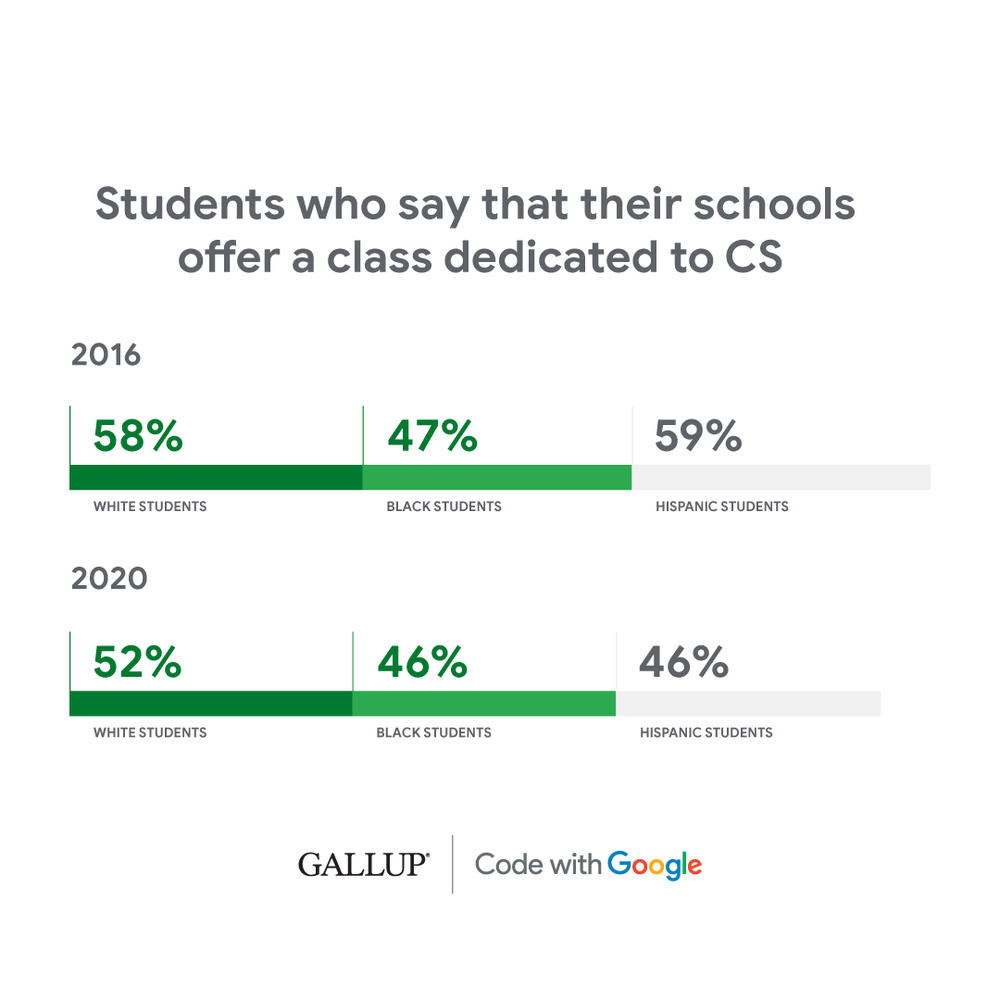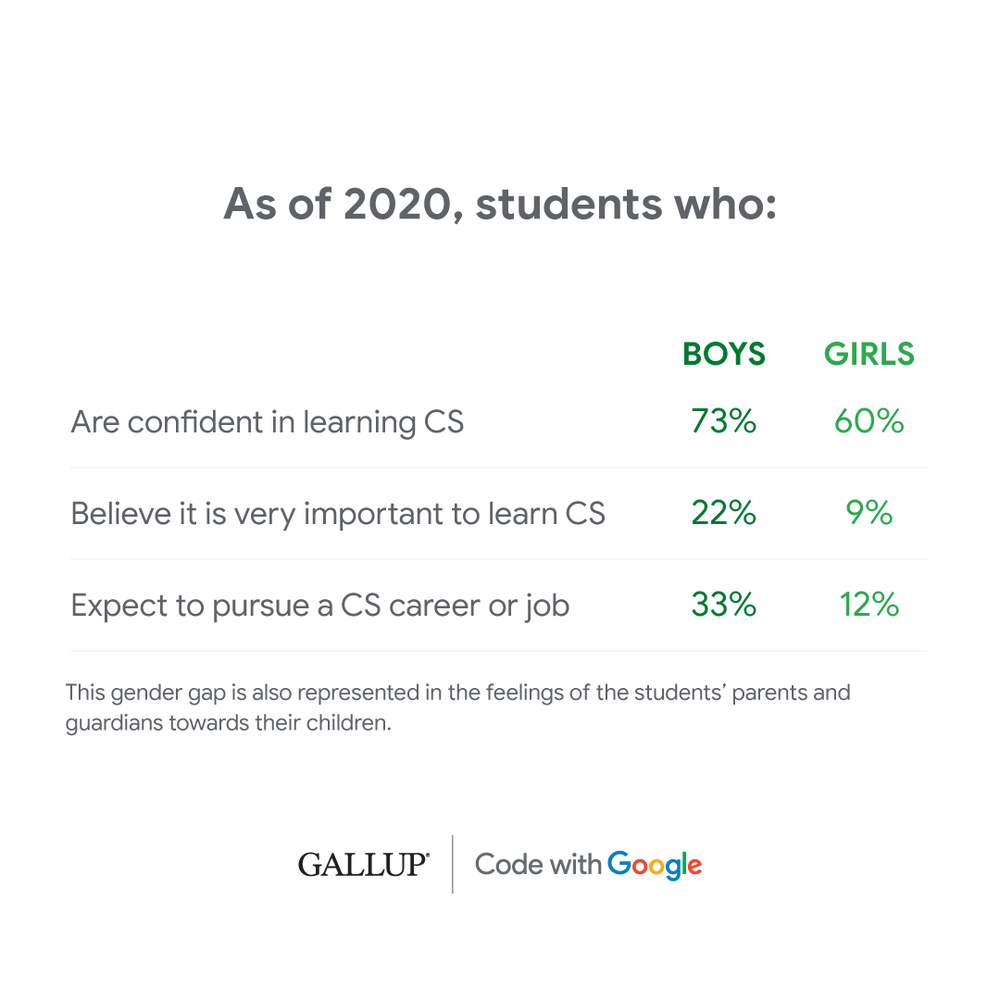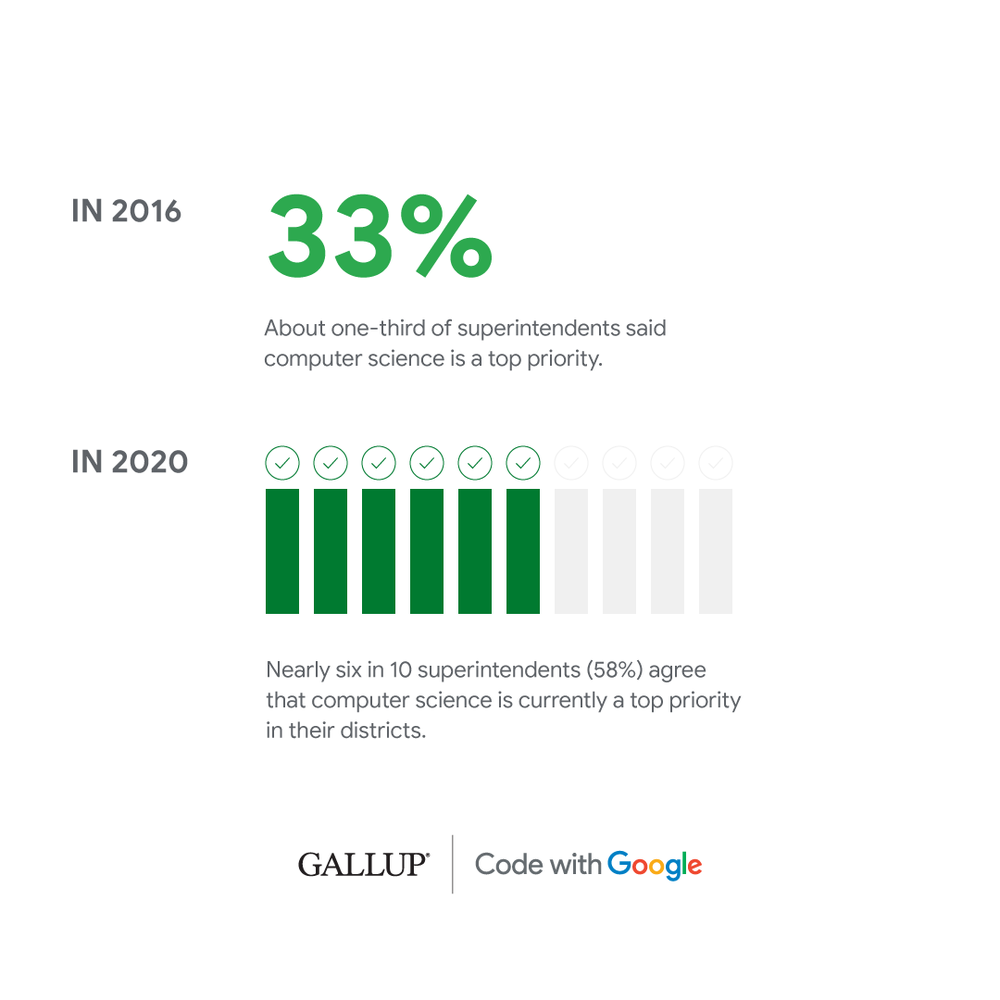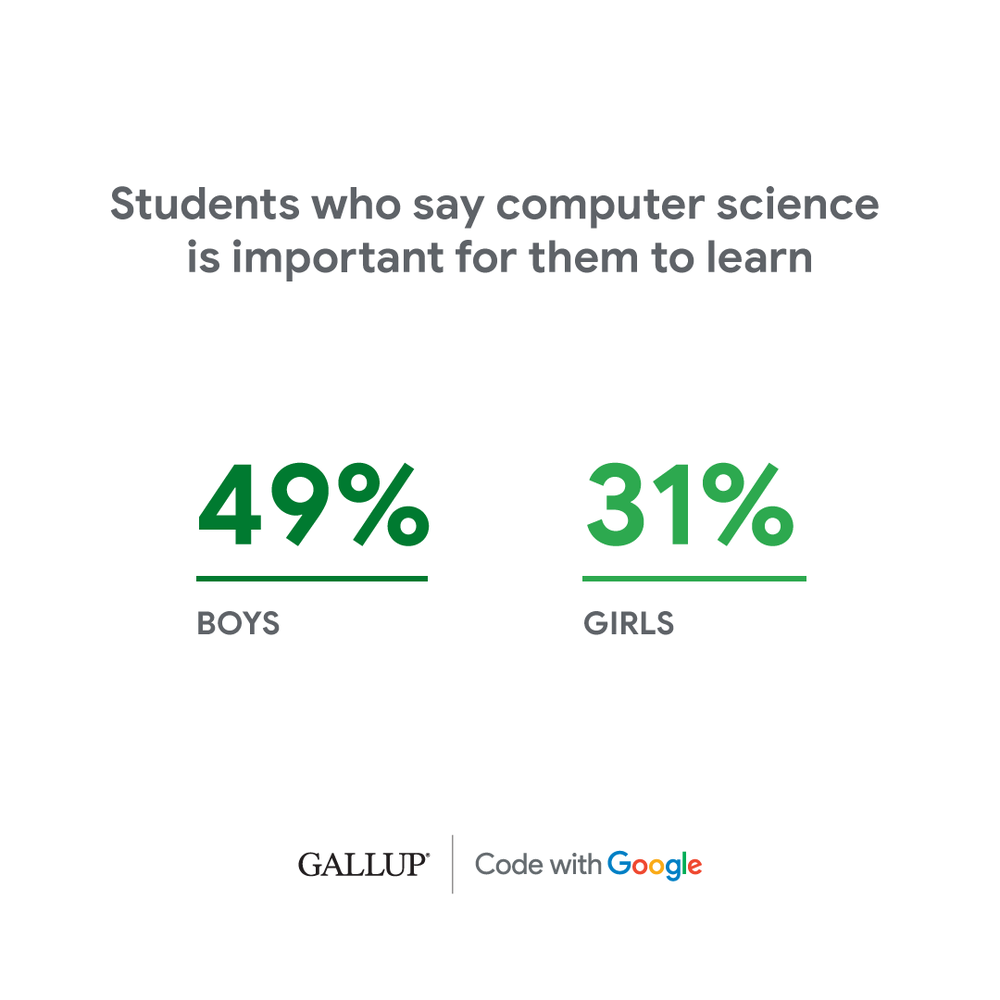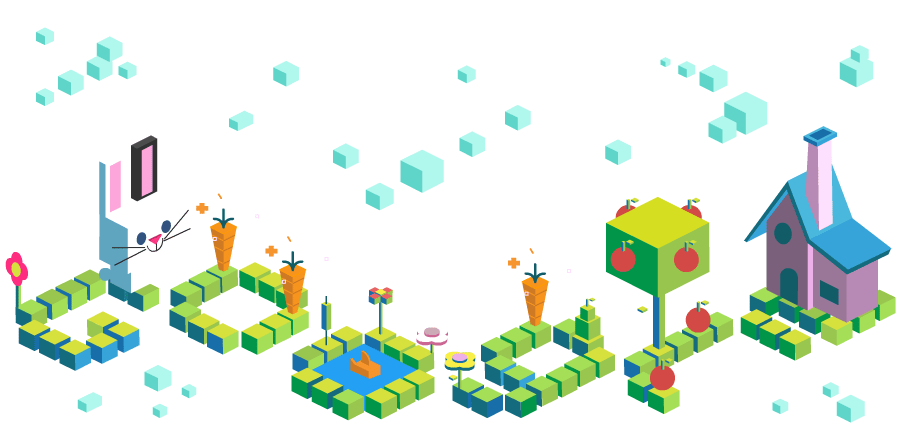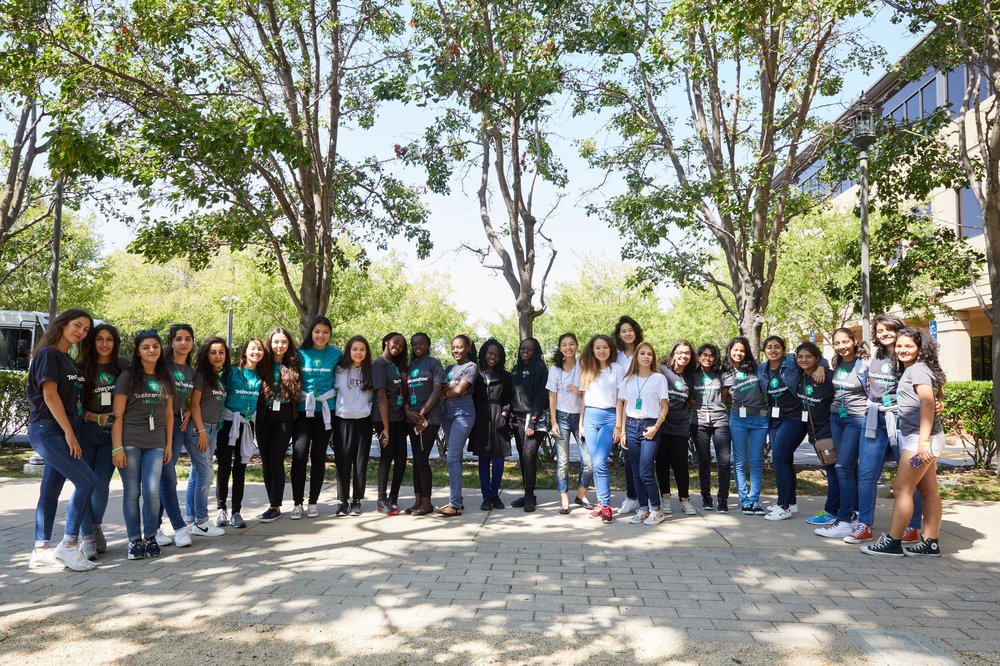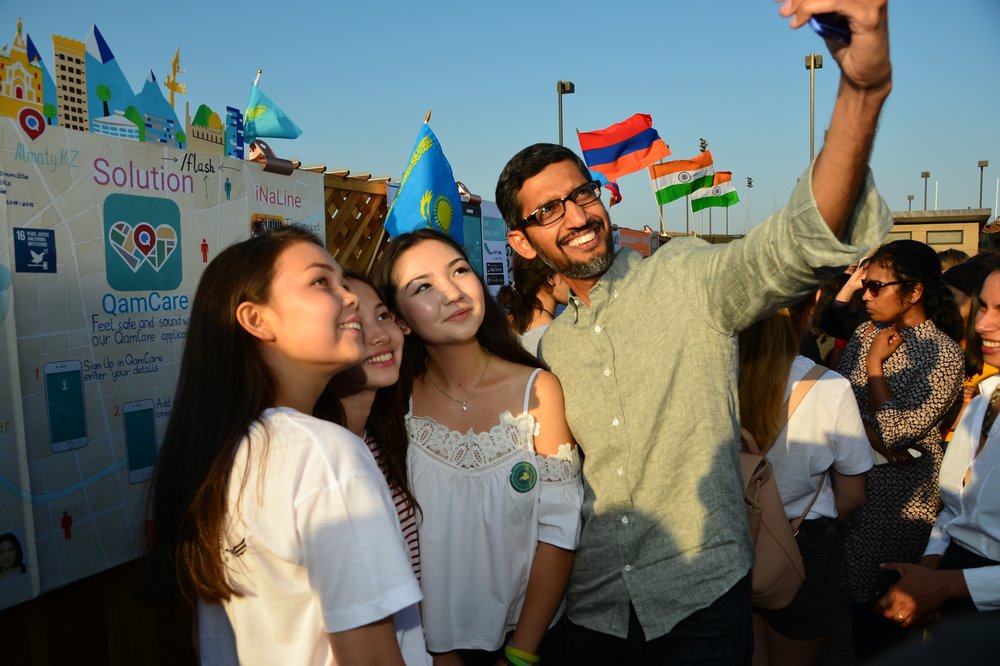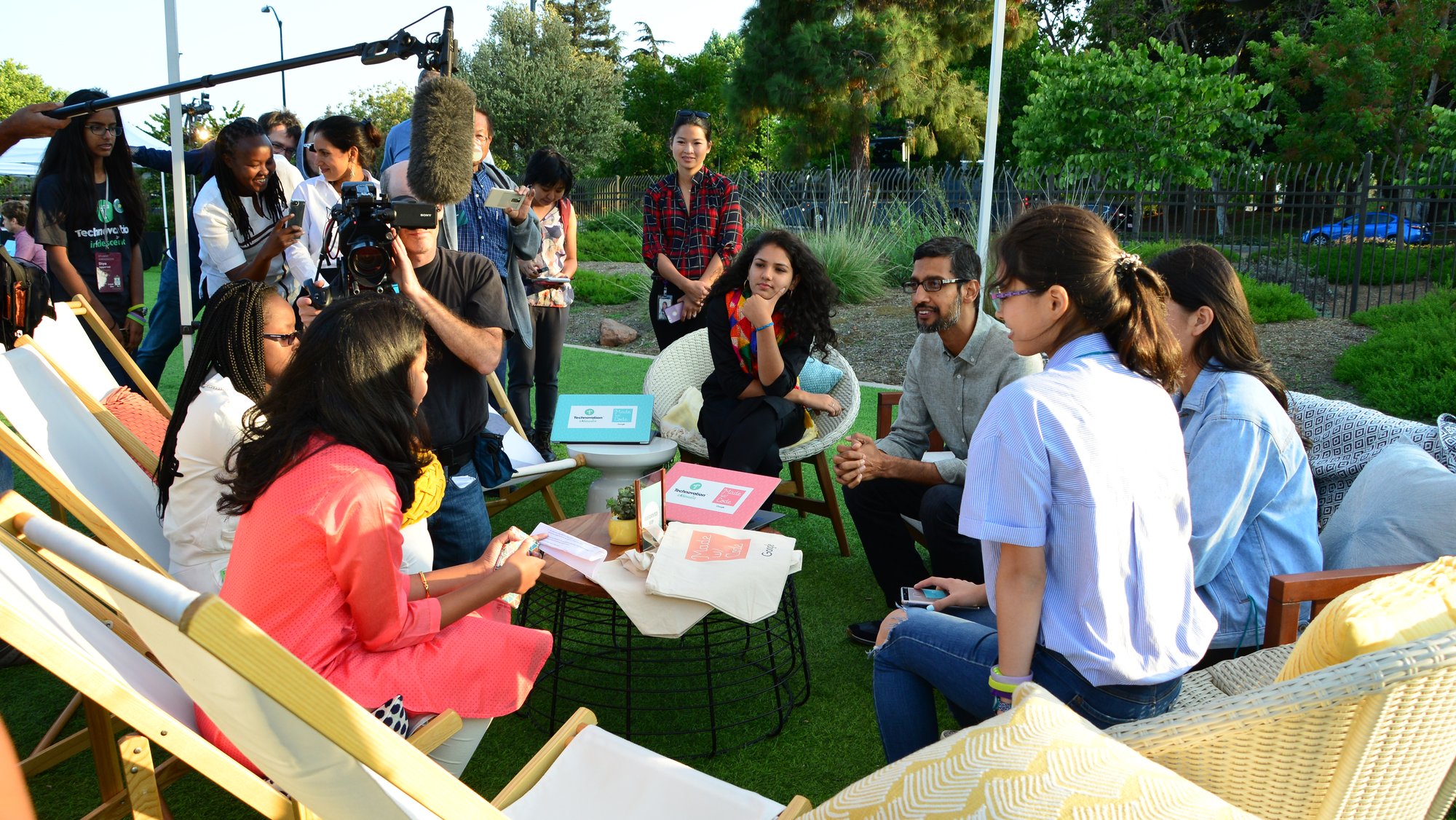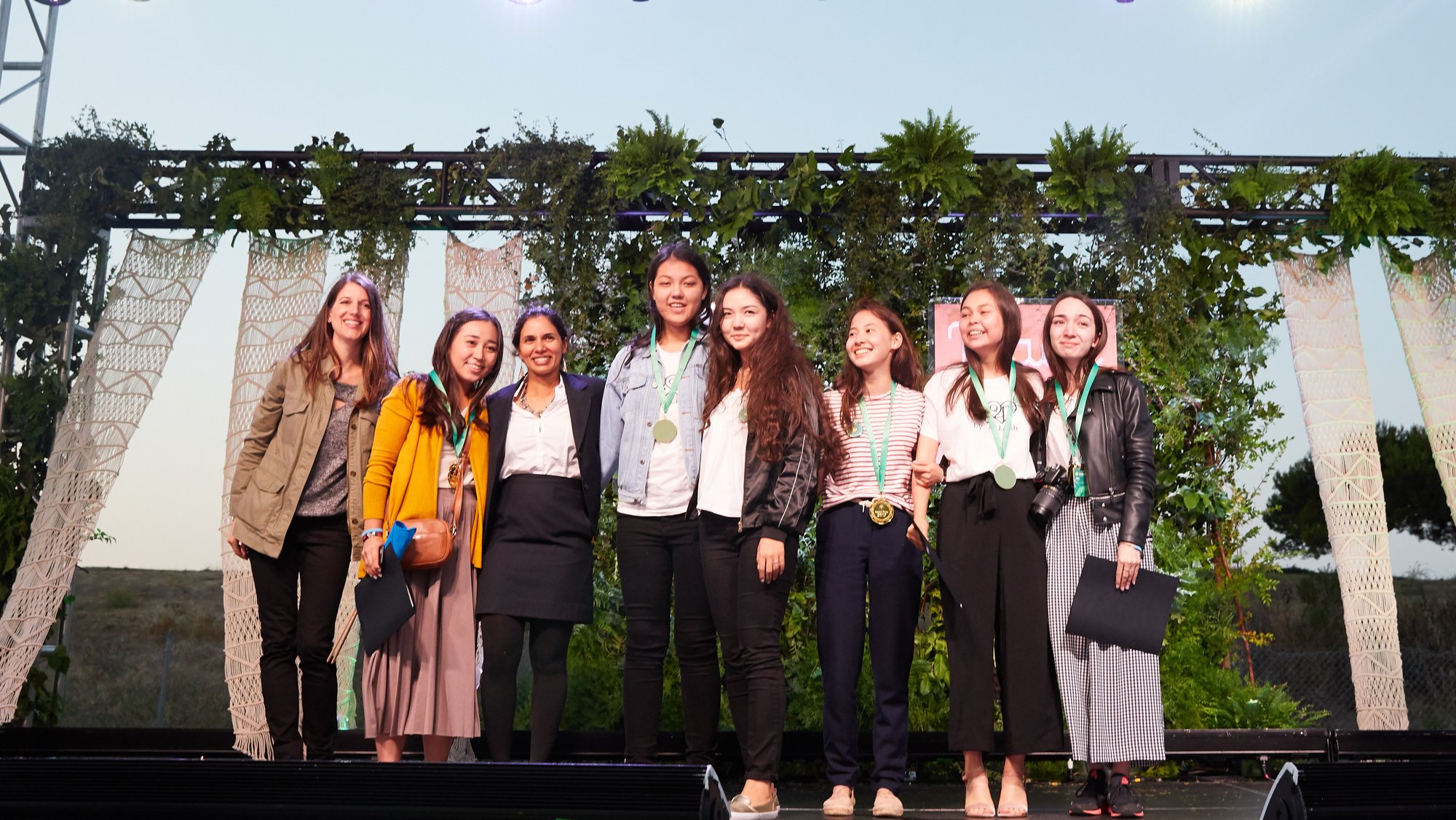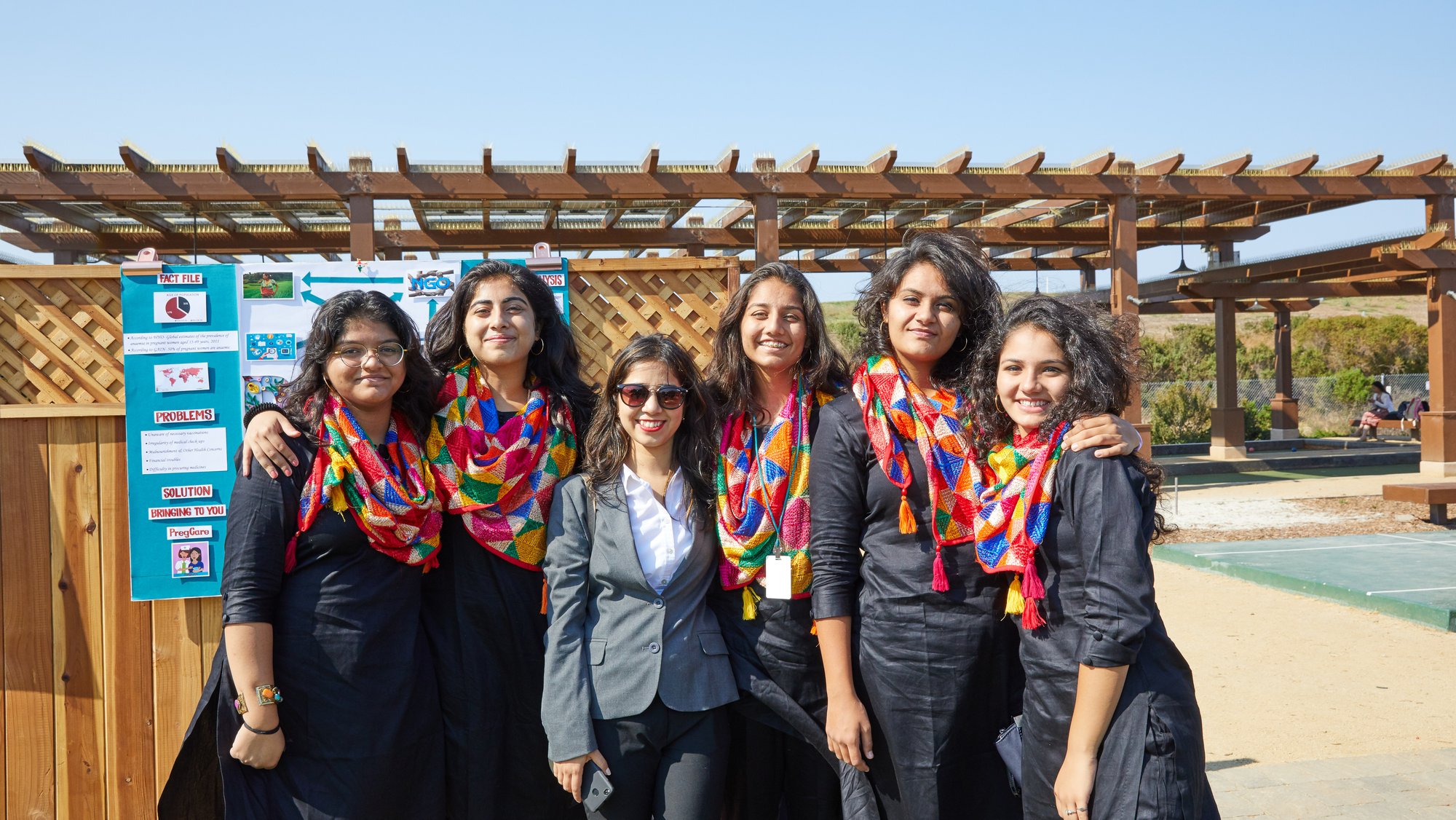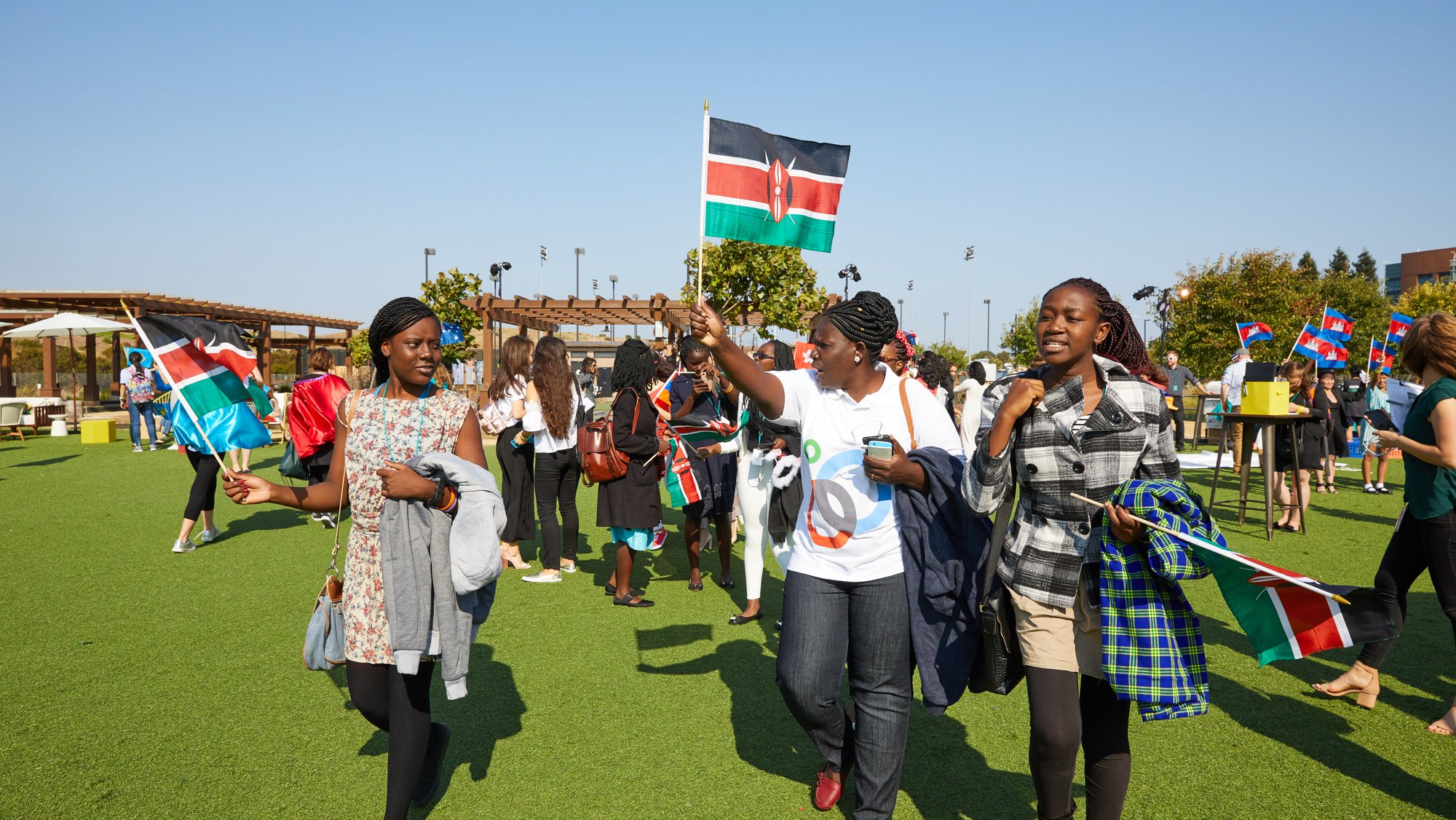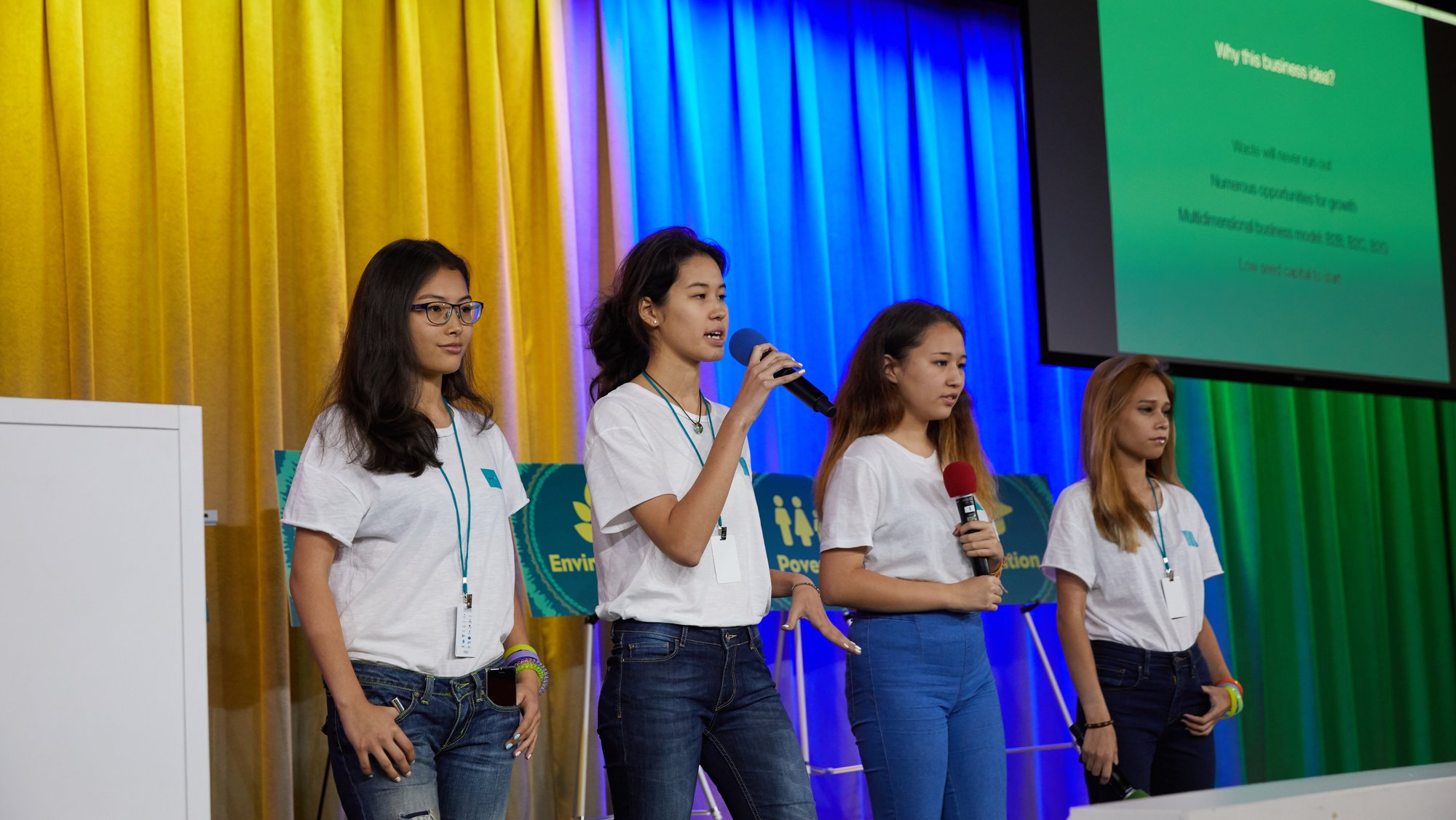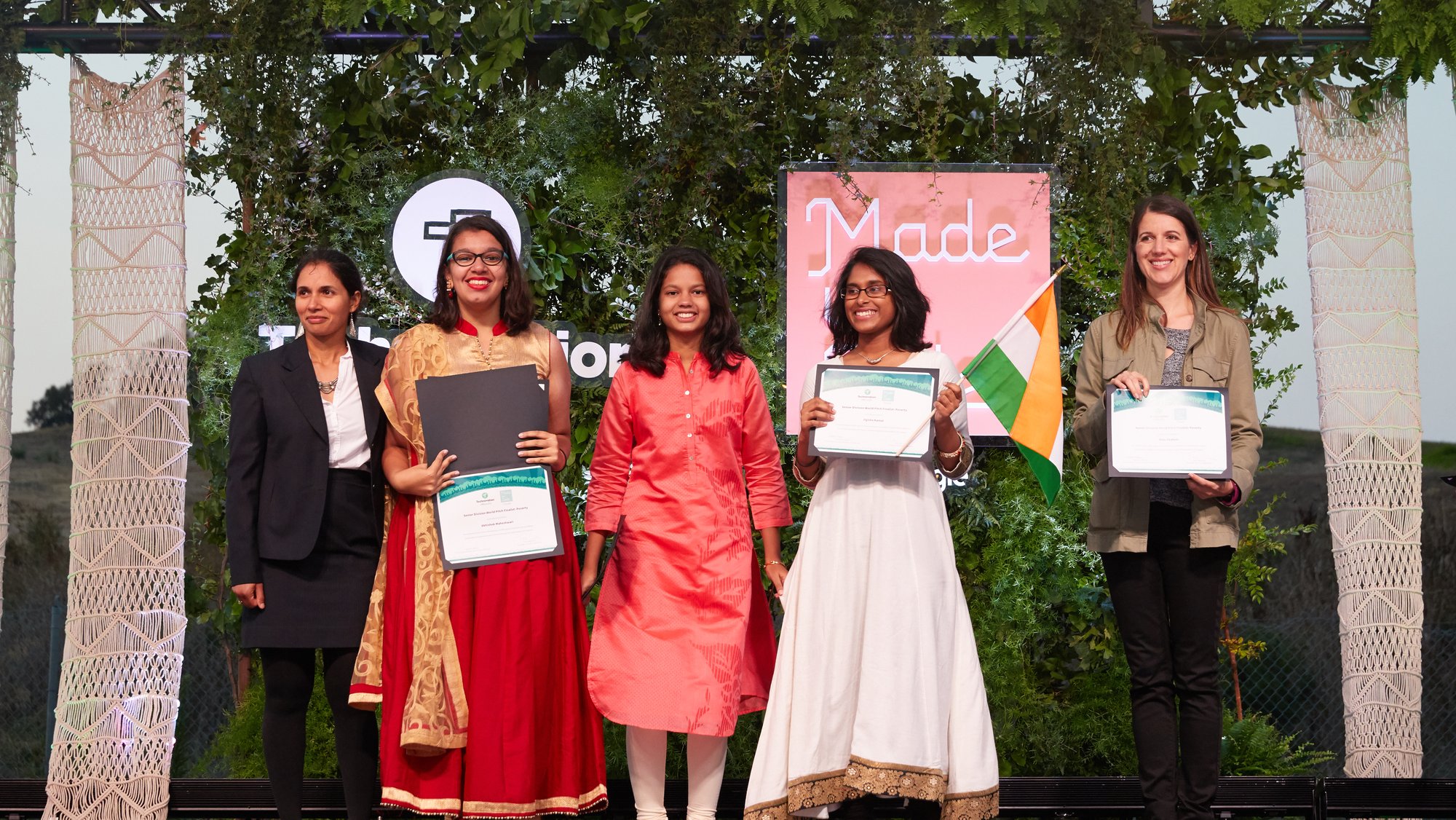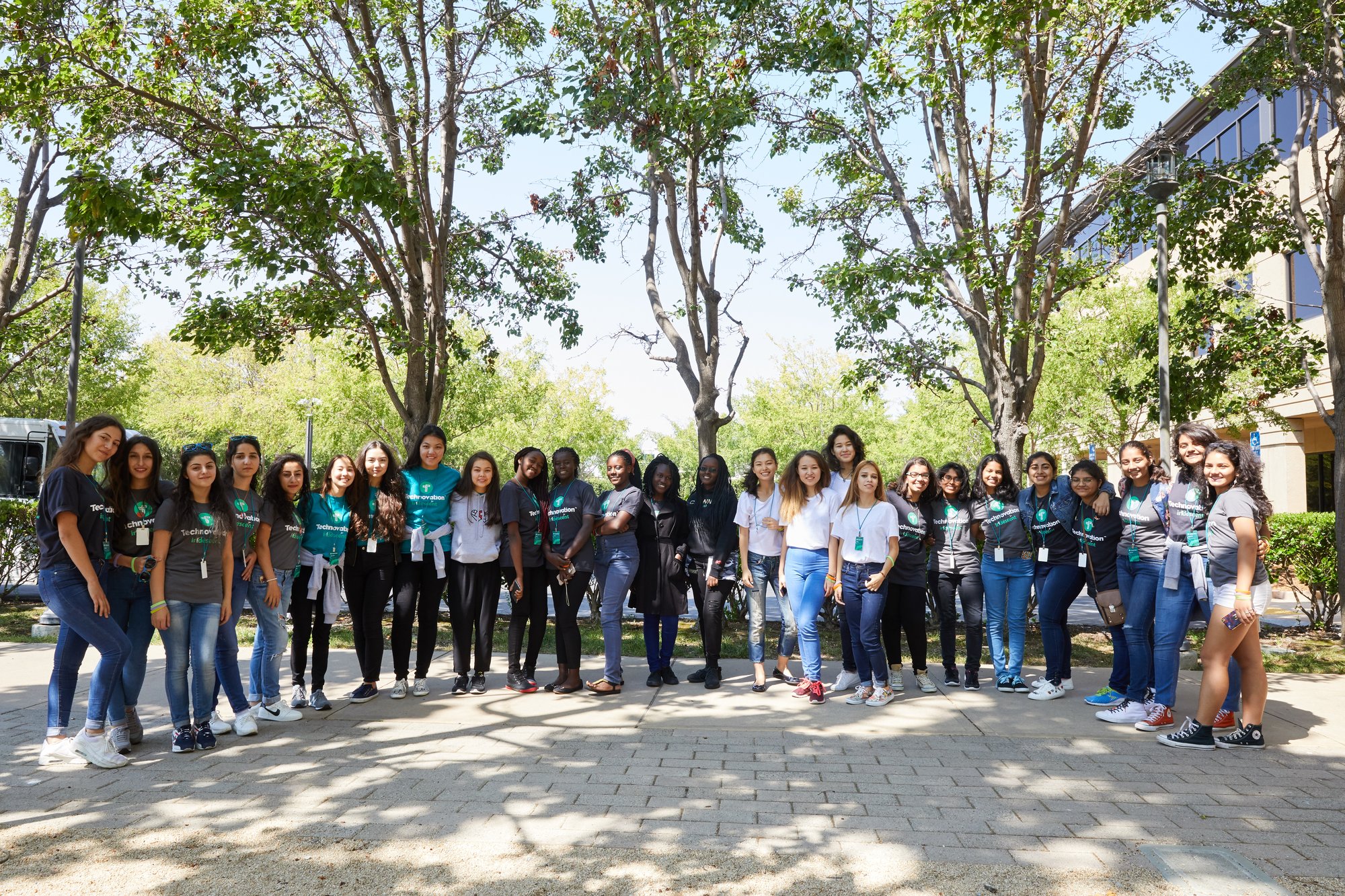Go WaCo (Environment)
Aida Khamiyeva Ardakkyzy, Arlana Yessenbayeva, Askar Zhibek Askarkyzy, Diana Zhanakbayeva
In Almaty, Kazakhstan, a city of more than 1.5 million people, only 2 percent of waste is recycled, with the remaining 98 percent going to landfills. The four girls behind Go WaCo (short for “Go, Waste Conscious”) wanted to come up with a way to encourage people to recycle, so they created an app that challenges students from different schools to participate in recycling competitions and compete for rewards. Arlana Yessenbayeva, 16, says of the project: “Go WaCo is my first big step in changing this world for the better. In the future I want to connect people, inspire them to invent, share, and solve the world's problems.”
iCut (Equality)
Ivy Akinyi, Macrine Akinyi, Purity Achieng, Stacy Dina Owino, Cynthia Awuor
Female genital mutilation (FGM) has been banned in Kenya since 2011, but in many areas of the country it continues to be practiced. The iCut app is designed to provide a platform for people to report cases of FGM, as well as for victims to seek help. Several of the girls behind iCut described how coding helped them discover new kinds of potential: Stacy Dina, 17, says “When my mentor ... introduced programming to us, I was elated. [I] felt empowered.“ Synthia Awuor, 17, adds: “Joining [Technovation] opened my eyes to a whole new world.”
Wishcraft (Poverty)
Jigisha Kamal, Krithika Sunil, Rida Shafeek
Our second team from India designed an Android app that lets donors fulfill “wishes” for underserved children. Nonprofits or charitable trusts who work on children’s issues can upload three wishes for each child, which donors can select from to provide the amount quoted for each gift. The idea is to “bring a little joy into [children’s] everyday lives through donations in the form of gifts,” as Jigisha Kamal puts it. Rida Shafeek, 17, says of their app, “It was a chance to make a change… to provide opportunities to underprivileged kids to embrace every bit of their childhood and to provide a door to a better future.”
The projects we saw this week demonstrate that code is a potent tool to create change—and show that there is a generation of young people eager to wield it. We’re inspired by the energy and enthusiasm we saw at the Technovation Challenge—and excited to continue to help more future leaders make a difference through technology.
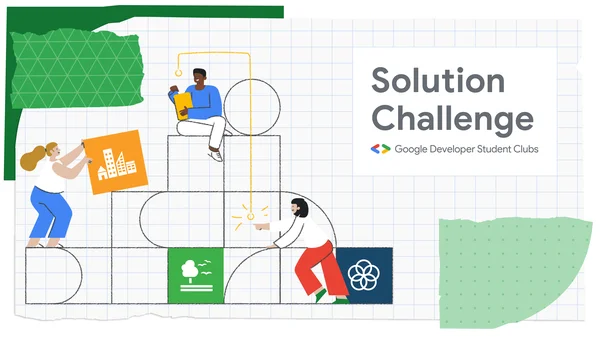 Announcing the top three winners of this year's GDSC Solution Challenge, as well as the people’s choice award.
Announcing the top three winners of this year's GDSC Solution Challenge, as well as the people’s choice award.
 Announcing the top three winners of this year's GDSC Solution Challenge, as well as the people’s choice award.
Announcing the top three winners of this year's GDSC Solution Challenge, as well as the people’s choice award.
 The Google Carbon Removals Research Awards is a new initiative to support and accelerate exploration into promising tools for delivering carbon removals at a global scal…
The Google Carbon Removals Research Awards is a new initiative to support and accelerate exploration into promising tools for delivering carbon removals at a global scal…

